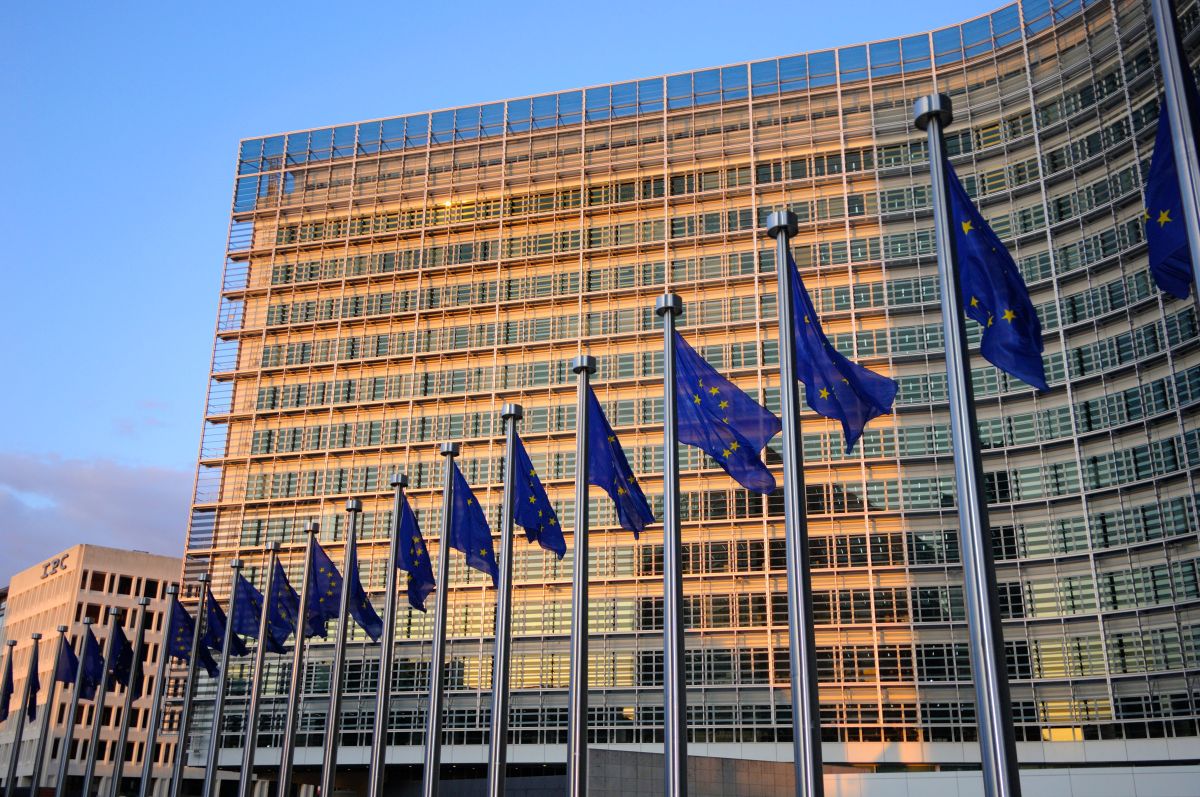Reasons for a New Strategy
Instability in the EU’s neighbourhood, the migration-management crisis, and the problem of secondary migration, and not least the COVID-19 pandemic, have led to the wide reintroduction of border controls within the Schengen area. Many countries are maintaining checks on selected borders longer than allowed under regular Schengen rules (e.g., Austria and Denmark have kept them in place for more than five years now). This has become a challenge not only for the integrity of Schengen but also for the single market.
Both in the first phase of the migration-management crisis and the pandemic, decisions to introduce controls were made unilaterally, which generated tensions between states along with mutual accusations of a lack of solidarity. Based on recommendations by the EC, transport in the EU was unblocked (Green Lines system), as well as the coordination of the introduction of restrictions on passenger traffic. However, the freedom to travel within the zone is still limited and it is up to states to make the final decision to introduce and maintain restrictions on their own territory.
The decision to introduce or maintain restrictions is primarily influenced by the epidemic situation. It is facilitated by a colour-coded map of regions (dependent on the rate of reported COVID-19 cases) and a set of common criteria in this regard. They make setting restrictions more transparent and predictable. In addition, the “Re-open EU” platform, which has been operating since June last year, provides citizens with up-to-date information on this subject. New from 1 July is a basic tool to make it easier for Europeans to move around—the COVID certificate.
Strategy Goals
According to the EC, the proper functioning of Schengen requires effective management of the EU’s external borders, strengthening internal actions to compensate for the absence of internal controls, and territorial expansion.
As part of the activities to strengthen the protection of external borders, the EC plans to timely implement reform of the European Border and Coast Guard, providing for the full functioning of a standing corps from 2027. The EC also wants to accelerate the creation of a technologically advanced border protection system. The emphasis here is on ensuring the interoperability of information systems (i.e., the Entry/Exit System, the Schengen Information System, the Visa Information System, and the European Travel Information and Authorization System, ETIAS) by 2023, as well as the digitisation of procedures at the external borders (e.g., visa process). A constant EC proposal is to strengthen cooperation with neighbouring states in order to combat migrant smuggling and to complete the reform of the asylum system.
To rebuild trust within the zone, the EC presented a proposal for reform of the Schengen evaluation and monitoring mechanism. According to the proposal, there will be more frequent inspections (twice every seven years) by experts from the Commission and the Member States, who will assess the implementation of the Schengen acquis in the countries of the zone. The number of unannounced visits and thematic evaluations is also expected to increase. The proposal also includes a fast-track procedure that will allow remedying any discovered deficiencies immediately. In anticipation of future crises, the EC will prepare a contingency plan enabling the activation of successful solutions, such as the Green Lines system.
The announced strategy targets the strengthening of measures in police cooperation, migration, and security. Proposals include the establishment of an EU Code of Police Cooperation, an update of the Prüm Framework for DNA information exchange, fingerprinting, and vehicle registration, and an extension of the use of Advance Passenger Information (API) for intra-Schengen flights.
According to the EC, territorial expansion of Schengen is to be an element of rebuilding trust and increasing the security of the zone. The Commission called on the Council to unblock the Schengen enlargement process for Bulgaria, Romania, and Croatia, which meet the membership requirements, as well as for Cyprus after the required assessment has been completed.
Challenges
The main challenge for implementing the new strategy and restoring a fully functioning Schengen area is the persistent health threat associated with the COVID-19 pandemic. Despite significant progress with vaccinations in the EU (over 60% of European adults have received at least one dose of the vaccine), interest in immunisation is slowing down in some Member States. Globally, the vaccination process is not progressing fast enough. The emergence of new virus variants is an additional threat.
The strategy assigns the key role in ensuring the security of the external borders of the zone to the dynamically expanded Frontex agency. Meanwhile, as the agency grows, accusations of mismanagement and violations of human rights at borders proliferate. Frontex’s problems have become the subject of investigations, including by the European Anti-Fraud Office (OLAF) and the European Ombudsman. In a report published in June, the European Court of Auditors questioned the agency’s ability to fulfil its newly entrusted operational tasks.
Another challenge is the slow progress of many migration policy reforms. Since the presentation of a new migration reform package in September last year, work on the asylum system has not resulted in solutions on key issues such as the shape of the solidarity mechanism. An attempt to reform Schengen border code regulating the management of internal borders, undertaken in 2017, ended without agreement. Another approach to reform was announced by the European Commission for the end of 2021. The crisis of confidence deepens the reluctance of Schengen Member States towards further enlargement of the zone.
Conclusions
Many of the EC’s proposals contained in the strategy repeat proposals formulated for years. Others include an attempt to permanently incorporate into the Schengen acquis temporary solutions that have proved successful during crises (e.g., the plan to create Green Lines for freight traffic in crises). Due to the persistent threat to public health and divisions in the states’ approaches to many areas of migration policy, the EC is focused in the first stage of Schengen reform on less controversial issues, such as improving the evaluation system, while coordinating the process of introducing restrictions so that they are the least burdensome for citizens.
Although the recent crises have made both decision-makers and citizens aware of the risk of losing Schengen, and the Commission’s proposals in the strategy go in the right direction, breaking the deadlock on issues such as reform of the asylum system or the enlargement of the zone will be difficult. Moreover, the widening disparities in the level of vaccinations between the publics of individual Member States may strengthen the tendency to restore controls within the zone, exacerbating conflicts between its members. Thus, a return to a fully functioning Schengen area may prove difficult.
For Poland, as a Member State that stresses the importance of the undisturbed functioning of the single market for the EU, the integrity of Schengen is a priority. Both the implementation by Frontex of corrective recommendations formulated by the control institutions and the involvement of Member States’ work on the migration and asylum pact will be helpful in restoring its proper functioning. It is also important to actively promote vaccinations against COVID-19, especially in regions with still low inoculation rates, as a way to achieve herd immunity, which will allow the lifting of border restrictions. In the work on the new Schengen Border Code, it is important to emphasise that the provisions on the reintroduction of border controls within the zone should remain proportionate to the threats in order to reduce the risk of abuse of this measure.



